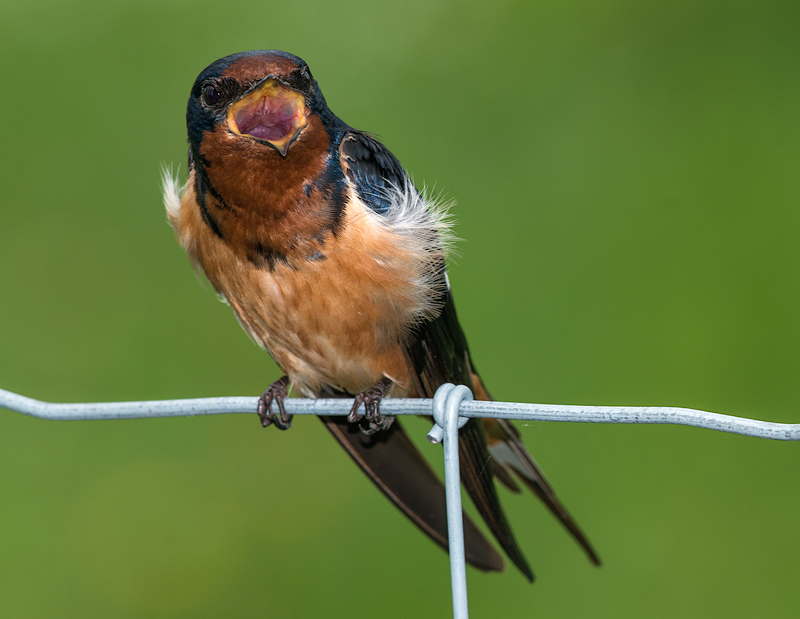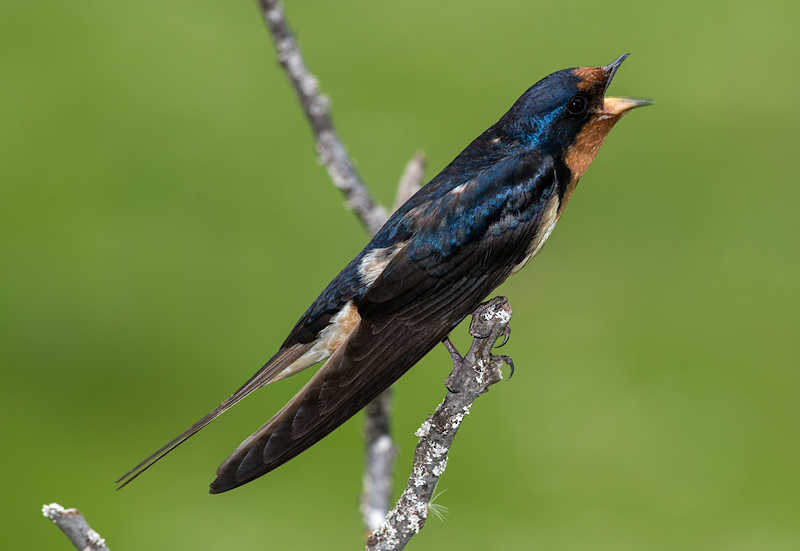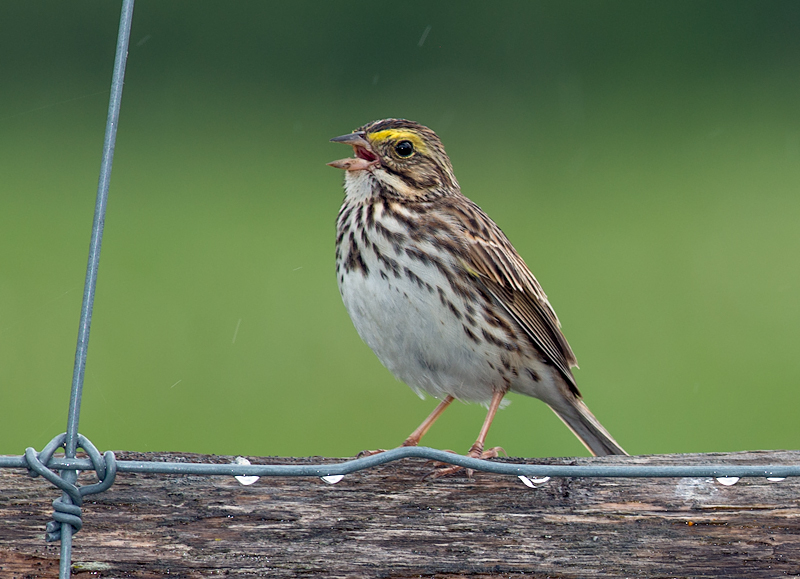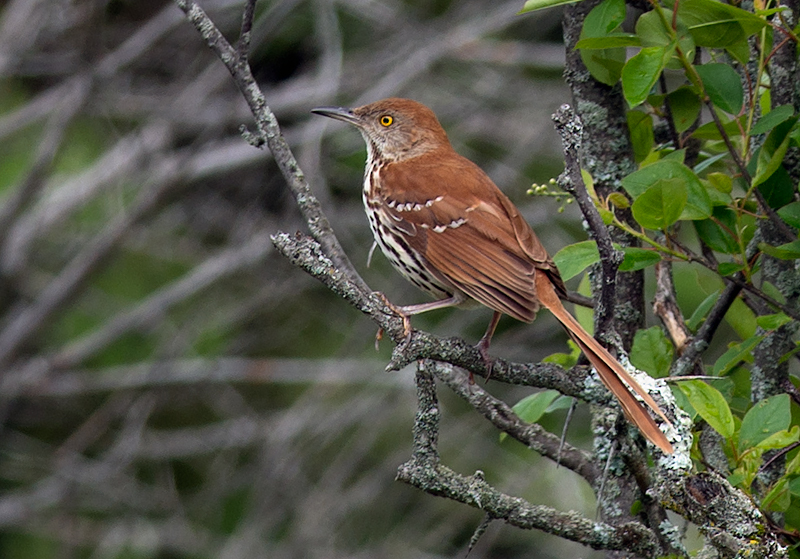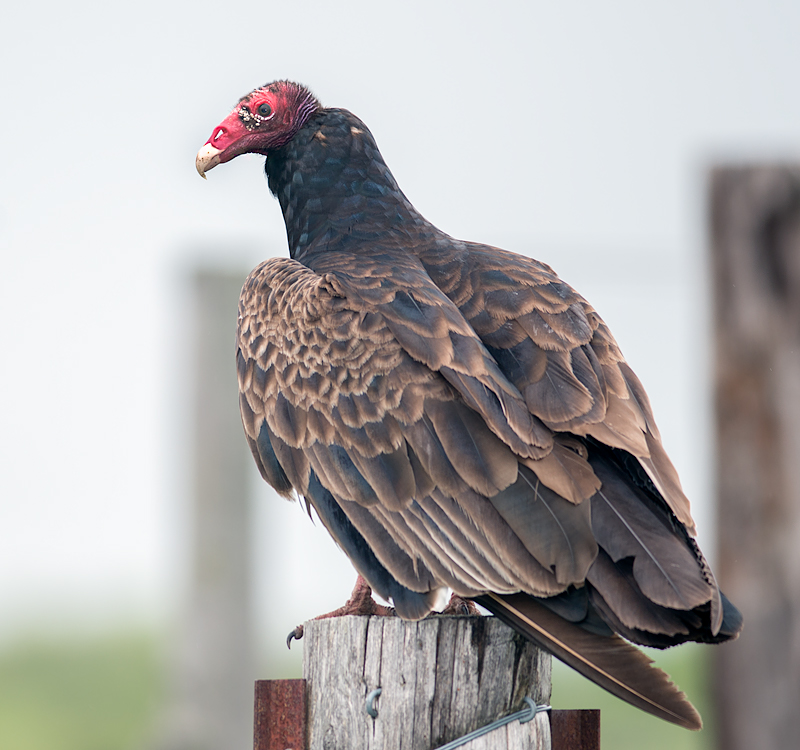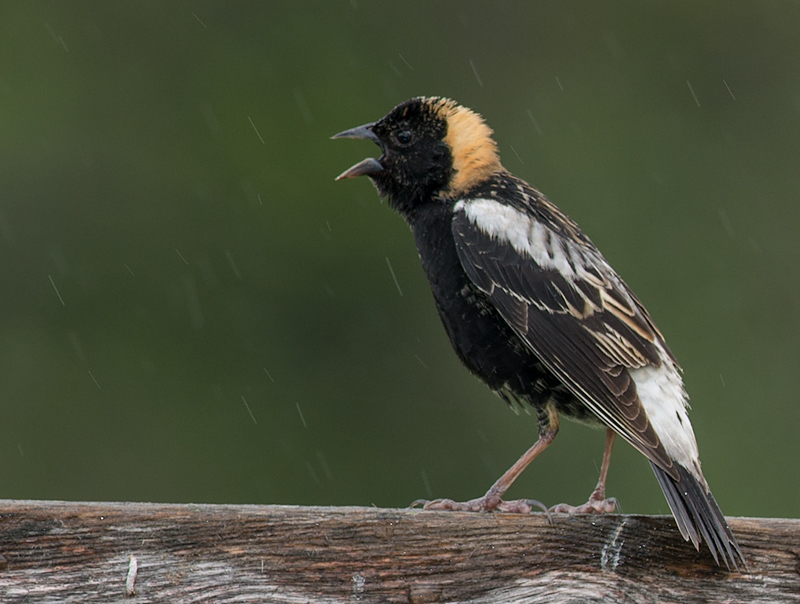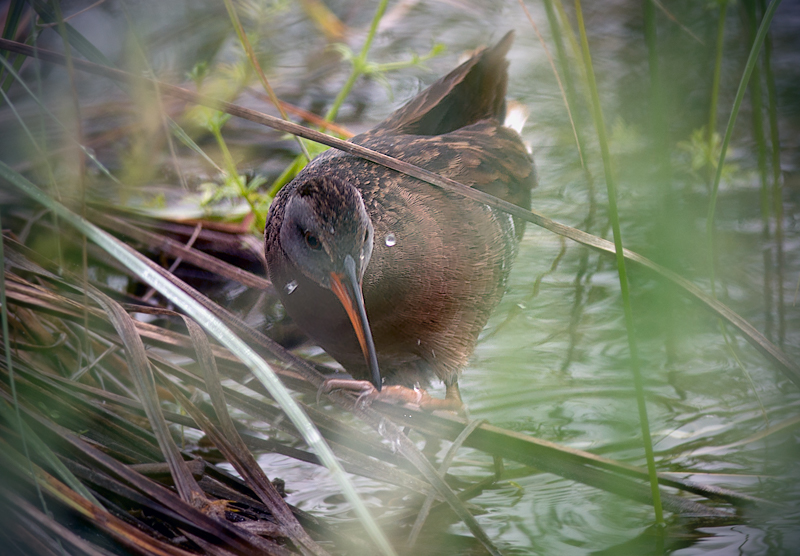Mid-Spring in the Carden Plain
The Carden Plain is an exceptional place for birdwatchers and naturalist because of its unique landscape of grasslands and alvars. The Plain is designated a nationally significant “Important Bird Area” (IBA) due to the large concentrations of grassland birds.
In the past, we have aligned our visit to the area with the Carden Nature Festival. Unfortunately, the festival no longer takes place in the previous format, so we just stayed the one night at Balsam Lake Provincial Park and spent most of Friday & Saturday looking for birds and other natural interests.
We had to endure misty rain and fog on Friday and again on Saturday morning as well as plenty of scattered showers for the rest of the day. It has been a very wet spring. Lots of puddles and potholes covered the rough roads, the grass and foliage were soaking wet and the trails were muddy and slippery. I was so glad I brought my knee-high rubber boots.
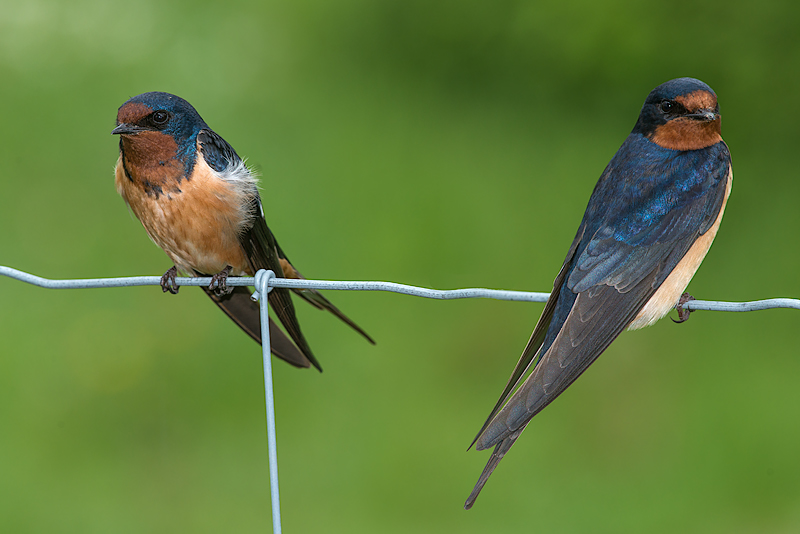
This was the last weekend of May and we immediately realized that we were much earlier than usual. Although it was just 2 weeks earlier, that’s a lot when it comes to bird migration and nesting. The swallows, flycatchers and bluebirds were not yet active with young to feed. Most were still nest building or sitting on eggs somewhere. We were also too early for many of the butterflies and dragonflies with only a few early solitary specimens spotted. However, we certainly weren’t too early for the blackflies and mosquitoes!
The sounds of Carden were truly wonderful. The snipes were doing their aerobatic runs with their distinctive calls. Meadowlarks, Bobolinks, warblers, thrushes and sparrows were all very vocal.
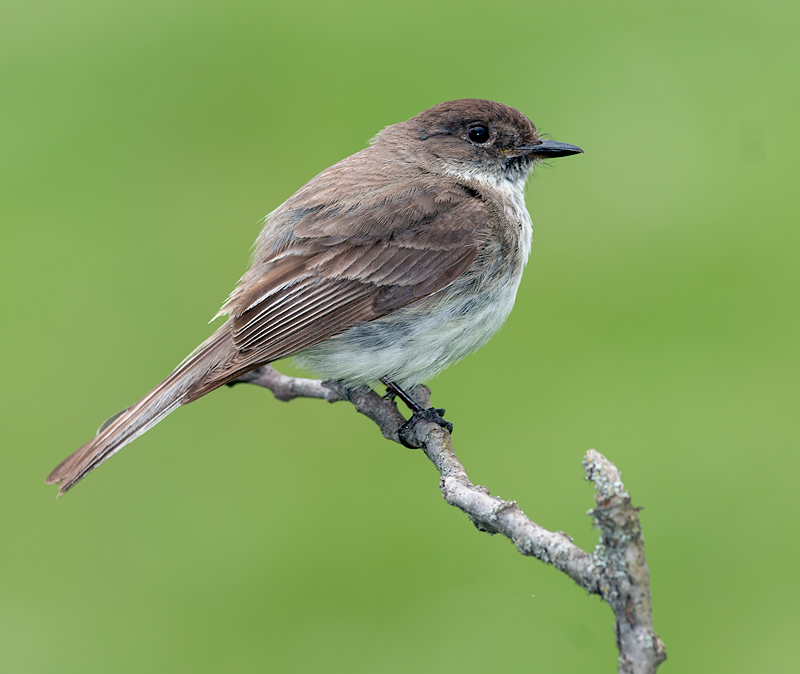
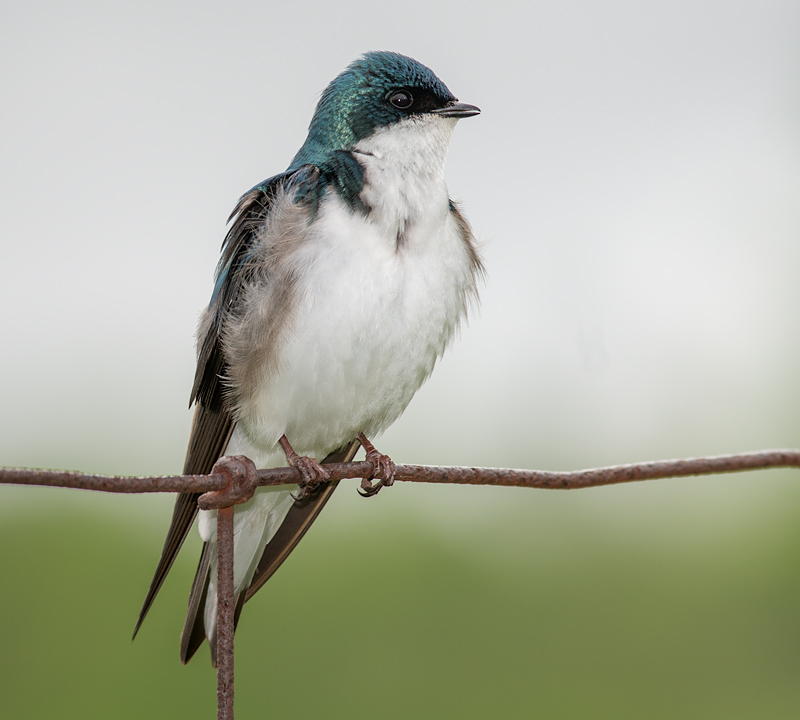
Since much of the plain is private property, most viewing must be done from the roadsides. This usually means that observers will need good binoculars or scopes to see many of the birds. With the aid of our binoculars, we did see Loggerhead Shrike, Golden-winged Warbler, Wilson’s Snipe, Eastern Meadowlark, Northern Harrier, Indigo Bunting and a pair of Virginia Rails. The Rail’s call gave their presence away, yet they were very quick to hide and difficult to view through the marsh vegetation.
We also did some hiking including Prairie Smoke Alvar Trail, Little Bluestem Trail, Sedge Wren Marsh Trail and many kilometres of Wylie Road. This provided many sightings and a few photo opportunities. Sightings included (other than already mentioned above), Bobolink, Barn Swallow, Tree Swallow, Eastern Kingbird, Eastern Towhee, Brown Thrasher, Eastern Phoebe, Eastern Bluebird, Gray Catbird, Grasshopper Sparrow, Savannah Sparrow, Swamp Sparrow, Song Sparrow, Common Yellowthroat, Yellow Warbler, American Goldfinch, Ovenbird, Great Crested Flycatcher, Northern Flicker, American Kestrel, and lots of Robins, Red-winged Blackbirds, Grackles, Crows, Doves and Starlings.
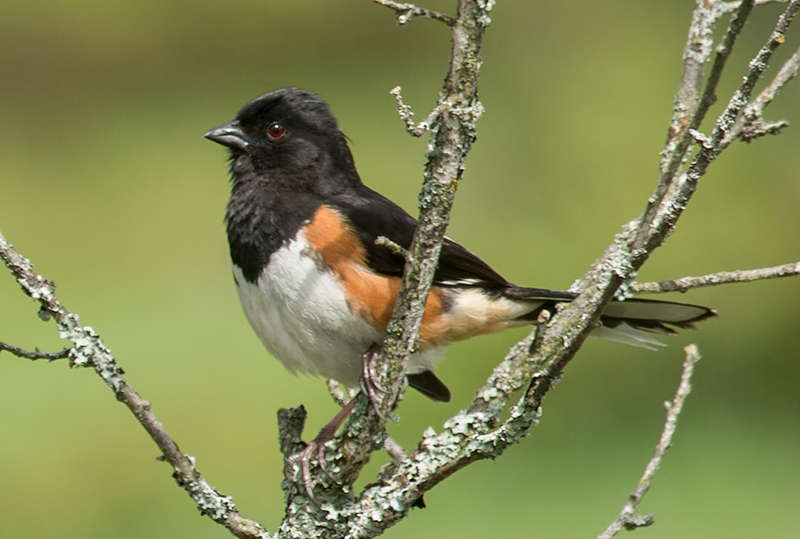
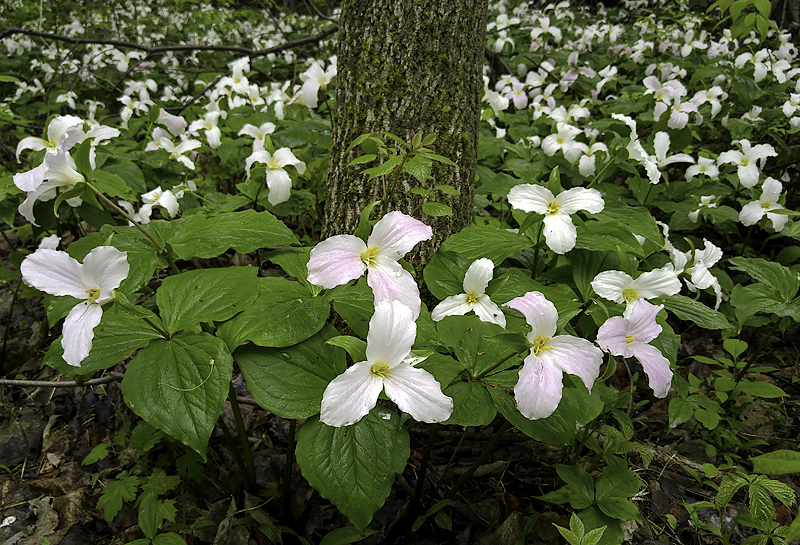
For such a short stay, I feel we were very successful. We did not see or photograph all the species we set out to find, but with a few other unexpected birds, it made for a great trip. Time is in short supply during this amazing period of the year. I wish we could get back to Carden again in June, but there are too many other areas to explore and too little vacation days available. Maybe we can sneak in a day.
